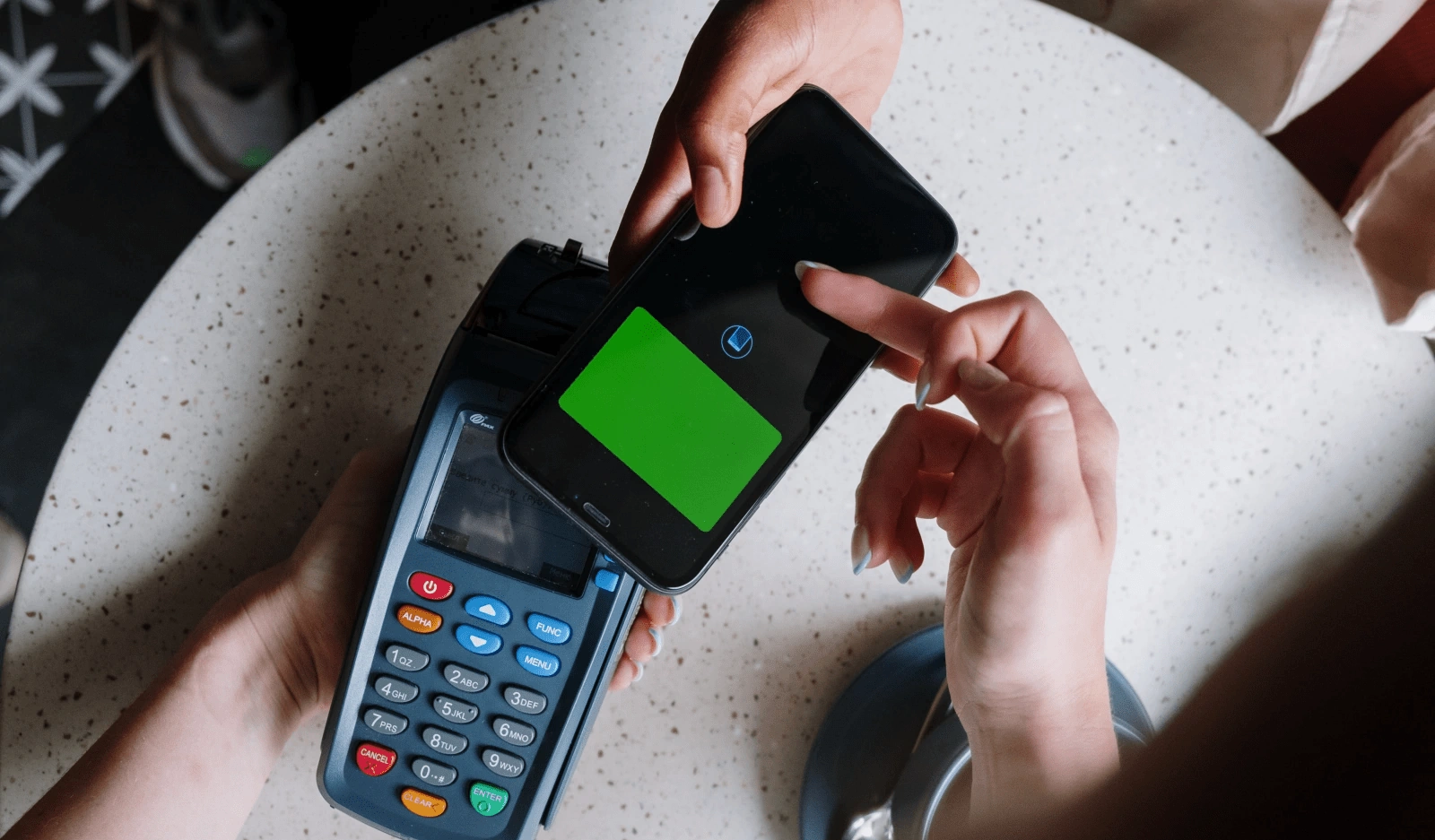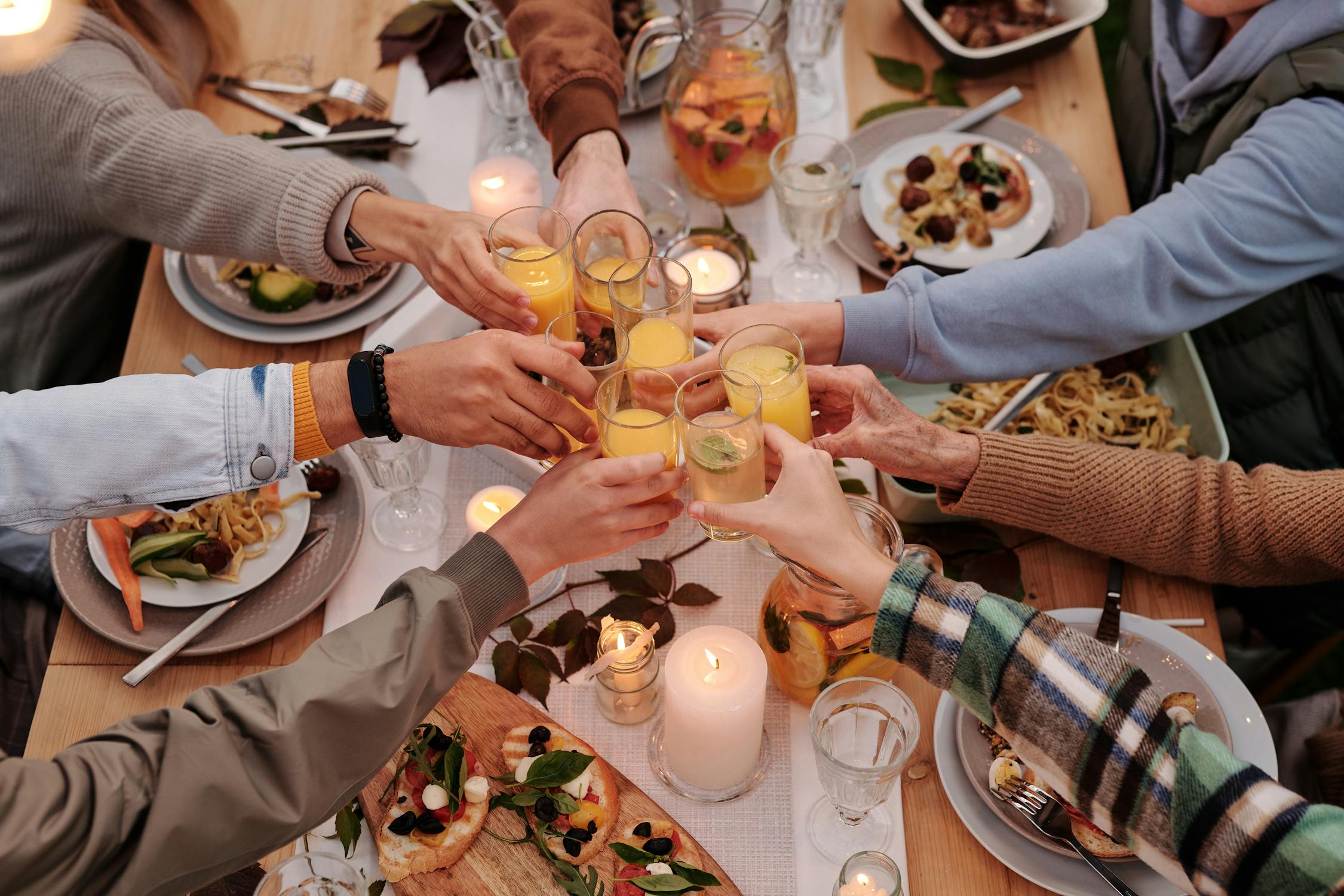
Contactless Point of Sales Systems as a Longterm Investment
A contactless point of sales (POS) system like Tablenu and the benefits it offers during the pandemic are apparent. These benefits range anywhere from mitigating customer and server physical interactions, to eliminating the need for unsanitary paper menus. And while amidst the pandemic such benefits are welcomed, it may leave some restaurant owners wondering if contactless POS systems are merely a covid bandaid, or if they’ll also have benefits post-covid.
The short answer to this is ‘yes contactless POS systems will have benefits post-covid without any doubt. A more in-depth answer is that contactless POS systems will propel the traditional sit-down dining model into the digital age in a post-covid world. This is because contactless POS systems like Tablenu, empower restaurants to do two major feats traditional POS systems cannot: provide different dining models, and a faster table turnover rate.
There are three basic dining models a restaurant can implement with a contactless POS system like Tablenu: the first has customers browse the menu from their smartphones then place and send their own orders directly to the kitchen, the second is having servers place and send orders to the kitchen via their own smart-device on the customer’s behalf, and the third is a hybrid model where the server does the majority of ordering, but a customer can also control certain aspects of the meal to help save their own time and the server’s.
The first dining model has customers doing the ordering themselves. This has two major benefits to it, customers can be particular about their orders, and less staff is required to run the dining room. Rather than telling a server the specifics of their order and hoping it is accurately relayed to the kitchen, the order goes right from the customer’s smartphone directly to the kitchen. This means no guesswork is involved and the margin for error from a middleman is eliminated. Additionally, if a customer wants another drink, or to request a side of fries, they simply put the order into their own smartphone and wait for the requested item. This also means customers don’t have to wait at the end of their meal for an undetermined amount of time to flag down their server just to request the check. Instead, they simply tap a few buttons on their smartphone, and payment is complete. Ideally, this model is suited for mid-range chained restaurants. That is because customers ordering on their own means fewer servers are needed. Rather than many servers all taking orders and guiding entire meals, this model has servers ensuring the meal goes alright. This is because whether the customer has been to a part of the chain in Oklahoma, and is now at one in Florida, the menu items are pretty similar across the board. Since there is no mystery about the quality of the food or the flavor of the sauce it may come with, there isn’t much need to be guided through the meal.
The second dining model, where only the server orders on the customer’s behalf is akin to the traditional dining model most people know. This model places more emphasis on customer and server interactions and is much more personal compared to the first dining model. Still, while this model has similarities to the traditional model, it improves upon one major point; how the order is relayed from the dining room to the kitchen. With this model, the server’s own smart-device is sending the order directly to the kitchen from the customer’s table, rather than writing down the order and sending it to the kitchen via a traditional POS system. This improvement means customers won’t be wondering if their server got held up, or forgot about the order going from their table to the POS system on the other side of the dining room. This dining model is well suited for high-end restaurants (i.e top-tier steak houses) that place food quality and customer experience on the highest levels of importance. Additionally, this model is also viable for small mom-and-pop joints, mainly because of the homely and cozy nature these kinds of restaurants tend to have. A customer doing a few taps on their smartphone and a server bringing them their meal wouldn’t exactly be conducive with that cozy mom-and-pop aesthetic.

Last but not least is the third dining model, the hybrid. The main idea of this model is to create a synergistic relationship between the customer and the server. This is done by giving customers control over certain aspects of the meal such as ordering another appetizer, requesting a server, or even requesting the check. The customer controlling these aspects independent of the server will result in less time wasted for both parties. Sometimes a server isn’t immediately available. However, rather than wait for the server to come over just to place a request the customer can make their own, leaving the server to simply fulfill the submitted request. This model is viable for restaurants of any caliber and size. However, the efficient relationship it creates between server and customer would be particularly beneficial to chained mid-range restaurants still looking to maintain some portion of a more traditional dining model.
As far as faster table turnover is concerned, more tables available at a higher rate means a restaurant can accommodate more business over a fixed period of time. A contactless POS system like Tablenu saves time by reducing the margin for human error. This is achieved by eliminating one simple thing, a server’s handwritten order notes. The majority of diners have experienced something like this at least once: it is a dinner rush, the restaurant is busy, and your server asks what you want to eat. You tell the server you want a hamburger medium rare, with no pickles, ketchup on the side, and a toasted bun, the server hastily scribbles down your order as you say it. The burger arrives at your table and is cooked medium rare, with no pickles, however to your dismay the bun is soggy and has ketchup oozing out from underneath it. While two out of four specifications met isn’t terrible for scribbling down notes during a busy dinner rush, a contactless POS system removes that margin for error as a whole. Instead of scrawling down order notes only to input them into a traditional POS system on the other side of the dining room, a contactless POS system would have the order sent to the kitchen right from the customer’s table. This not only leads to an uptick in table turnover rates, but also in less food wasted, and higher customer satisfaction.

Ultimately this removal of handwritten order notes equates to less backup in the kitchen. Because the fact is, if that customer is unhappy with their soggy ketchup drenched burger bun, there’s a high likelihood it will be sent back to the kitchen to be remade. That means more work, and more time wasted for the kitchen during a dinnertime rush. The time freed up in the kitchen means food is produced at a faster rate, ultimately leading to customers finishing meals sooner for a higher table turnover rate.
In closing, it is safe to say that contactless POS systems are without question, not just a covid band-aid. Between the numerous dining models, a contactless POS system can be applied to, and reducing human error to increase table turnover rates, the benefits are without a doubt clear and apparent. In a post-covid world, contactless POS systems like Tablenu will help propel the restaurant industry into the digital age.